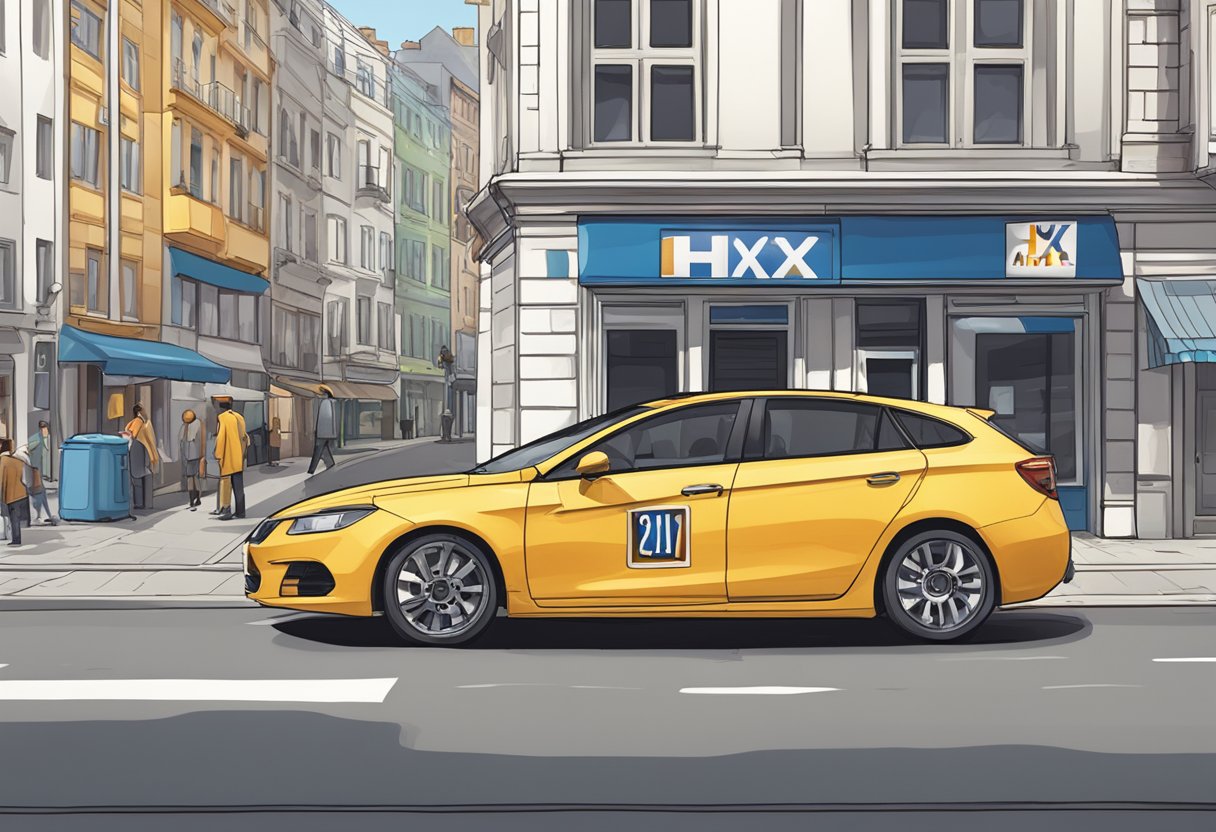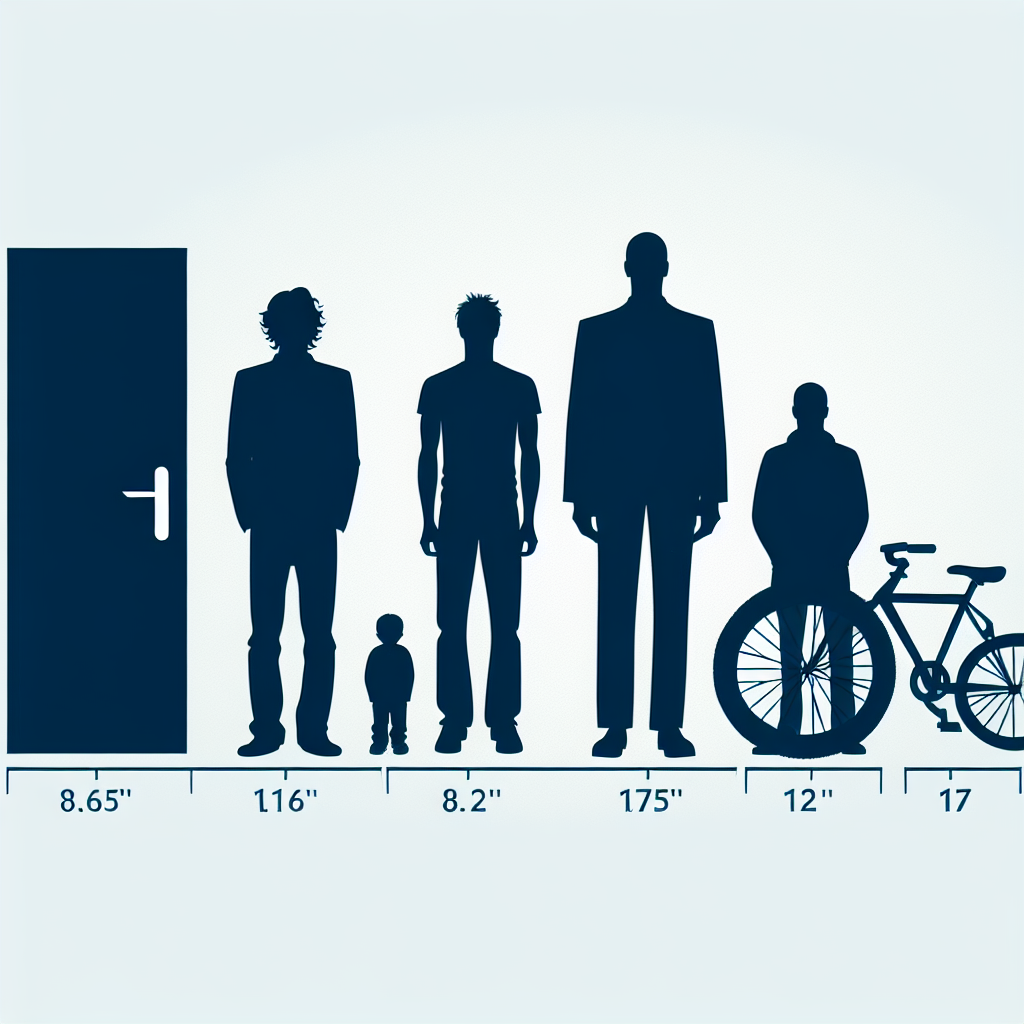Understanding Tesla Autopilot: Your Frequently Asked Questions Answered
Tesla Autopilot has transformed the way we think about driving, incorporating advanced technology and autonomous features into everyday vehicles. As this innovative technology evolves, several questions remain about its capabilities, safety, and functionality. This article dives into the most common inquiries regarding Tesla Autopilot to provide clarity and insights for prospective users and enthusiasts.

Understanding Tesla Autopilot
Tesla Autopilot is a semi-autonomous driving system that enhances the driving experience through various features such as traffic-aware cruise control and lane-keeping assistance. As the technology progresses, users frequently have specific questions regarding its operation, effectiveness, and even ethical implications. Here’s a comprehensive look at some of the most pressing queries regarding Tesla Autopilot and their answers.
What Features Are Included in Tesla Autopilot?
Tesla Autopilot comprises several features designed to improve safety and convenience. Key functions include:
- Traffic-Aware Cruise Control: Adjusts the vehicle's speed to maintain a safe distance from the car ahead.
- Autosteer: Helps the car steer within the lane under certain conditions.
- Lane Change Assist: Automatically changes lanes when it is safe to do so based on user input.
- Navigate on Autopilot: Guides the vehicle from highway on-ramp to off-ramp, including interchanges and overtaking slower cars.
While these features enhance driving convenience, it's essential for drivers to remain attentive and ready to take over at any moment.
Is Tesla Autopilot Fully Autonomous?
No, Tesla Autopilot is not fully autonomous; it operates at a Level 2 autonomy classification, which means that the driver must remain engaged and monitor the driving environment at all times. While the system can handle various driving tasks, users are still responsible for controlling the vehicle in complex situations or when the system reaches its limits.
How Does Tesla Autopilot Enhance Safety?
One of the significant benefits of Tesla Autopilot is its potential to improve road safety. The software is designed with advanced algorithms that can help minimize human errors, which account for a substantial percentage of traffic accidents. Key safety features include:
- Collision Avoidance: The system uses sensors and cameras to detect obstacles and initiate braking if a collision is imminent.
- Automatic Emergency Braking: This feature applies the brakes if it senses an obstacle in the car's path.
- Emergency Lane Departure Avoidance: Helps to steer the car back into its lane if it begins to drift unintentionally.
However, it is vital to stress that drivers should not rely solely on these features and must always be prepared to take control of the vehicle.
How Does Tesla Autopilot Learn and Improve?
Tesla's Autopilot system continuously learns from the amassed driving data gathered from all Tesla vehicles on the road. Through over-the-air software updates, users benefit from improved functionality and new features. Tesla vehicles collect data concerning various driving conditions and driver interactions, which inform the machine learning algorithms that enhance safety and efficiency over time. This ability to learn and adapt is a cornerstone of Tesla’s approach to automotive technology.
What Happens if I Don’t Pay for Full Self-Driving (FSD) Capability?
Tesla offers an upgrade option for Full Self-Driving (FSD) capability, which includes additional features compared to the standard Autopilot package. If you opt not to pay for the FSD upgrade, your vehicle will only utilize basic Autopilot features. However, you can choose to pay for the FSD capability later, and ongoing improvements and new features will continually roll out to existing customers, whether they have FSD or just the standard Autopilot.
Can Tesla Autopilot Be Used on All Roads?
No, while Tesla Autopilot can function on highways, its performance on local roads varies. Some features like Autosteer and Navigate on Autopilot are generally optimized for controlled environments such as freeways. On residential roads, the system may not function effectively due to the complexity of traffic, pedestrians, and local rules. Tesla continually improves its software, and future updates may expand Autopilot's capabilities on local roads, but drivers should remain vigilant while using these features.
Are There Any Restrictions on Using Tesla Autopilot?
Yes, there are certain restrictions when utilizing Tesla Autopilot. For instance, it is crucial for drivers to maintain a proper position on the steering wheel and be alert at all times. The system will issue alerts if it detects that a driver is not engaged, and repeated warnings can deactivate the system. It should also be noted that Autopilot is not intended for use in inclement weather, heavy traffic, or unusual driving conditions where additional supervision is necessary.
What is the Future of Tesla Autopilot?
The future of Tesla Autopilot promises innovative advancements and enhancements as Tesla pushes toward achieving full autonomy. With continuous software updates and the potential rollout of newer technologies, Tesla aims to improve the overall driving experience while ensuring the highest safety standards. As regulatory frameworks adapt to accommodate advancements in autonomous vehicles, the landscape of driving—including the role of Autopilot—will likely shift significantly.
Conclusion
Tesla Autopilot represents a significant leap forward in automotive technology, but it is essential for users to understand its limitations and responsibilities when utilizing this semi-autonomous system. By staying informed and engaged while driving, Tesla owners can take full advantage of Autopilot's capabilities, paving the way for a safer and more efficient driving experience.
New posts

Understanding the Model X Refresh: What You Need to Know
Tesla

Everything You Need to Know About the Xiaomi Car: Specs, Features, and Market Impact
Xiaomi

Understanding Model Y Wait Times: What to Expect in 2023
Tesla

Exploring AI Day at Tesla: Innovations, Insights, and Future Prospects
Tesla

Cathie Wood Latest: Insights into Her Investment Strategy and Market Moves
Investment

Exploring the Geely Radar RD6: All You Need to Know
Automotive

Understanding the Zeekr X Price: What You Need to Know
Electric Vehicles

Understanding the Tesla Model Y Performance: A Comprehensive Guide
Tesla

Exploring the Ford VW MEB Platform: A Deep Dive
Volkswagen

Exploring the Spaciousness of the Model Y Trunk Space: Everything You Need to Know
Tesla
Popular posts

Everything You Need to Know About NIO Registrations: A Comprehensive Guide
Sustainability

BYD Seal: Unraveling the Future of Electric Mobility
Sustainability

Unveiling the Xiaomi SU7 EV Lei: What You Need to Know
Xiaomi

Exploring the Ford VW MEB Platform: A Deep Dive
Volkswagen

Everything You Need to Know About Tesla EV: Questions Answered
Tesla

Unlocking the Future: BYD Solid State Battery Technology Explained
Innovation

Understanding NIO Pricing: A Comprehensive Breakdown
Electric Vehicles

Tesla Market Share: Current Trends and Future Projections
Tesla

What You Need to Know About Tesla FSD 12: Features, Advancements, and User Experiences
Innovation

Cathie Wood Latest: Insights into Her Investment Strategy and Market Moves
Investment